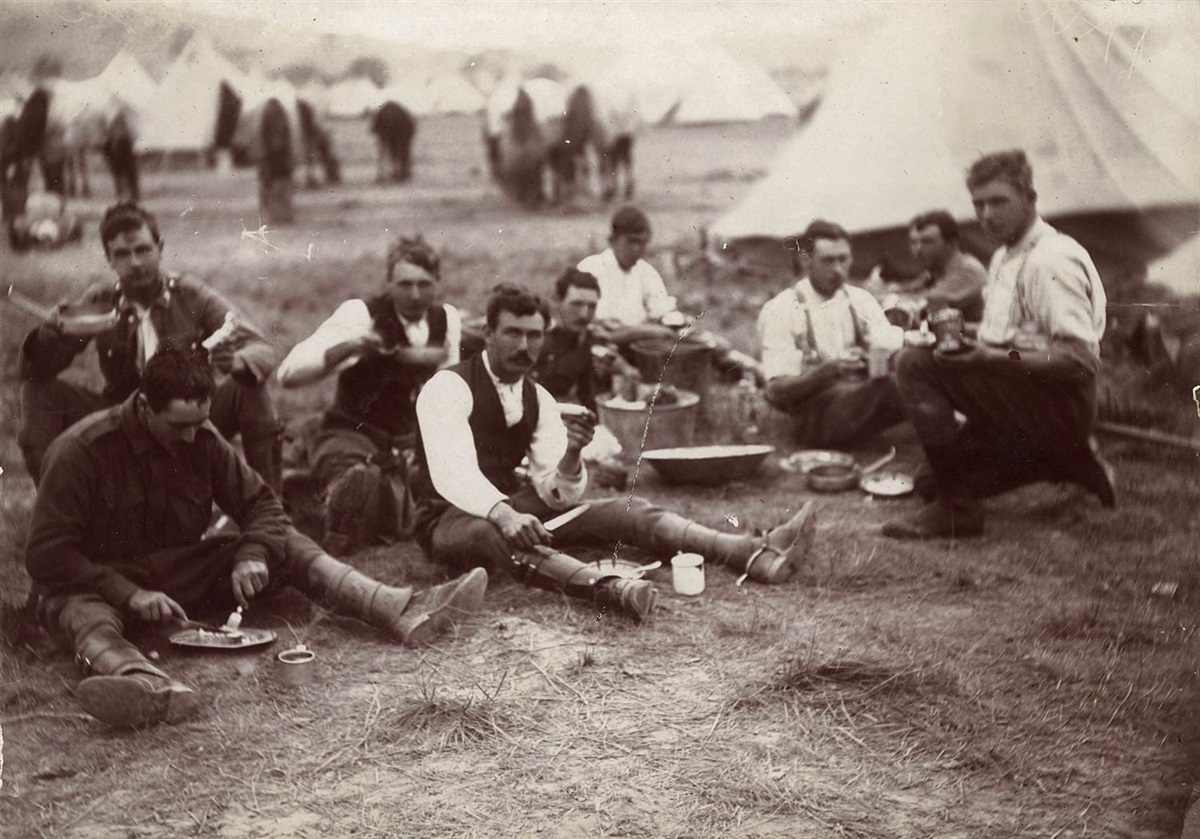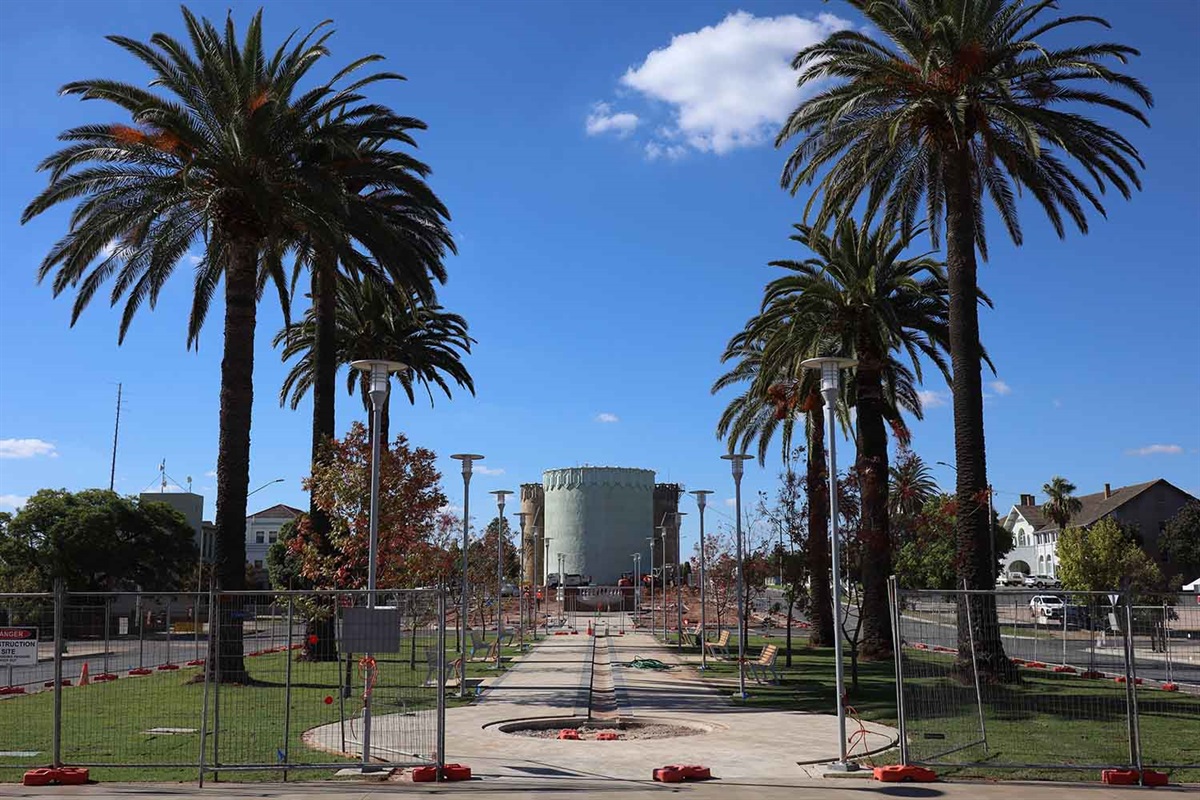UNE College of Osteopathic Medicine graduate Stephen C. Shannon, D.O. ’86, M.P.H., president of the American Association of Colleges of Osteopathic Medicine, was interviewed for a November 9 U.S. News & World Report article titled “What’s It Mean if My Doctor Is a DO?” in which he was extensively quoted.
The article recounts the history of the osteopathic movement, spearheaded in 1874 by Andrew Taylor Still, M.D., who had grown dissatisfied with traditional medical approaches of the time, and discusses some of the tenets and characteristics of osteopathy that distinguish it from allopathy.
Shannon provides a description of the philosophy at the root of the osteopathic method – one that regards the musculoskeletal system as a crucial element of overall health. “The body has an innate ability to heal itself if it is structurally sound,” he says. He notes that osteopathic medicine places a significant emphasis on prevention of disease rather than intervention after health problems arise. The approach, says Shannon, is regarded as more holistic than allopathic medicine. “We focus our medical students and residents on not only the body, but also the mind and spirit of the patient and that includes the family and the community,” he shares.
The article also discusses the fact that osteopathy tends to be an approach primarily taken in family medicine, though it makes clear that doctors of osteopathic medicine can pursue all the specialty fields in which their M.D. counterparts practice. Shannon raises the point that it is often osteopaths who are more likely to go into practice in underserved areas. “Osteopathic physicians are fundamentally engaged in the delivery of primary care especially in rural areas, and many of our schools are located in places of need. That’s intentional,” he says.
The value of diversity has long been a key component of osteopathic medicine, according to the article – a value evident in the very first class to graduate from Still’s American School of Osteopathy, which included six women. It is the combination of osteopathic medicine’s focus on the underserved as well as its openness that, Shannon says, attracted him to the field. Furthermore, the embodiment of those traits by UNE’s College of Osteopathic Medicine made it an appealing option to him when he decided to become a doctor at the age of 30. “I was really enticed by going to school in an institution that was focused on providing care in a state where there was a clear need for physicians,” he says of UNE, adding that it is because “osteopathic medical schools have been traditionally more open to older students and students with other diverse backgrounds” that he was able to realize his dream of becoming a doctor.







